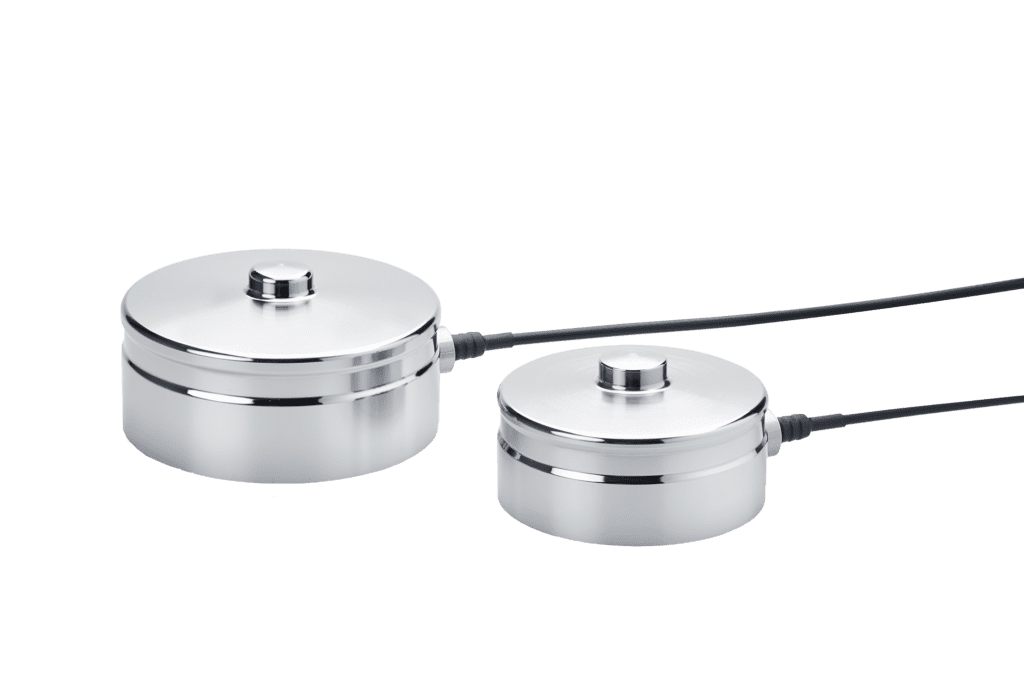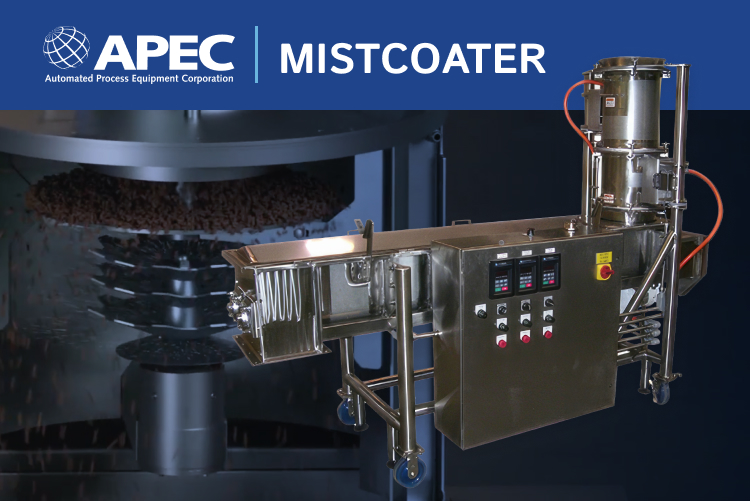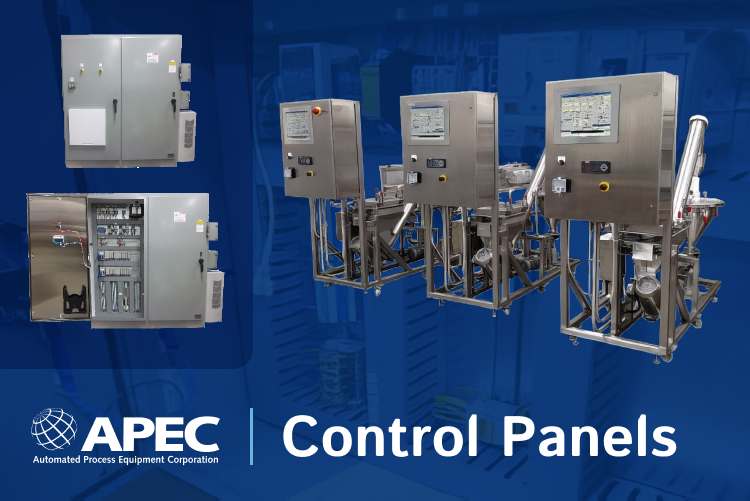
What Are Capacitive Load Cells?
Capacitive load cells are relatively new to the weighing world, compared to strain gauge load cells, which have been used for decades to measure weight through piezoresistivity. Capacitive load cells use electric charge to measure weight. This, and other important differences, give capacitive load cells several advantages over traditional strain gauge load cells. Knowing how capacitive load cells work can help you choose the right one for the application.
How Do Capacitive Load Cells Work?
As the name implies, capacitive load cells use capacitance to measure weight. This is essentially a small, stored electric charge. How this charge is created is what gives capacitive load cells their unique advantages.
The Capacitive Load Cell Construction
 On the outside, a capacitive load cell and a strain gauge load cell look the same. Either type of technology can be used in an S-beam, beam, pancake, button, or other types of load cells. However, the components inside are much different.
On the outside, a capacitive load cell and a strain gauge load cell look the same. Either type of technology can be used in an S-beam, beam, pancake, button, or other types of load cells. However, the components inside are much different.
A capacitive load cell uses a series of capacitors to measure weight across the load cell. Inside each capacitor are two charged metal plates with a dielectric, uncharged material between them. This simple construction allows the capacitor to measure weight. A load placed on the capacitor pushes the plates closer together, creating a current at first and then a build up of energy between the two plates. The dielectric material between the plates stores this charge. This is then translated into voltage, which can be reinterpreted as weight.
How Capacitive Load Cells Work for Different Applications
A capacitive load cell can measure very small differences in weight for very fine measurements, as well as dramatic changes and heavy weights. The general principle and operation remains the same, while the construction of the plates, the dielectric material between them, and the distance between the plates can all change. All of these factors can change the sensitivity and capacity of the load cell, so the capacitive load cell can be constructed to meet the needs of the application.
Liquid Spray, Dust and Humidity
A capacitive load cell automatically produces measurements in voltage, where a strain gauge must be converted into voltage. This introduces an extra step and extra components that must be completely contained for the strain gauge load cell to be hermetically sealed. A capacitive load cell can be hermetically sealed more easily, since it doesn’t require extra connections or components. This not only means the capacitive load cell fits easily into applications around liquids, dust, or high humidity, but it also means the capacitive load cell will last longer and require less maintenance.
Vibrations and Electromagnetic Interference
A strain gauge requires a digital converter to turn its analog signal into a digital readout. A capacitive load cell automatically produces a digital output, so it doesn’t require a converter. This makes it less susceptible to interference, so it won’t be as affected by electrical noise that can be created by welding or the switching of large loads. Since the bending elements inside the load cell are heavier, then they are also less susceptible to damage due to vibration.
Capacitive load cells are relatively rugged compared to the delicate construction required for strain gauges. This means that they are less susceptible to damage due to overloading and side loading. This gives capacitive load cells a number of advantages in various applications, including those that might experience overload from heavy loads dropping a distance into the scale as well as small weights with delicate measurements. To find the right load cell for your weighing and batching system, work with engineering experts.







